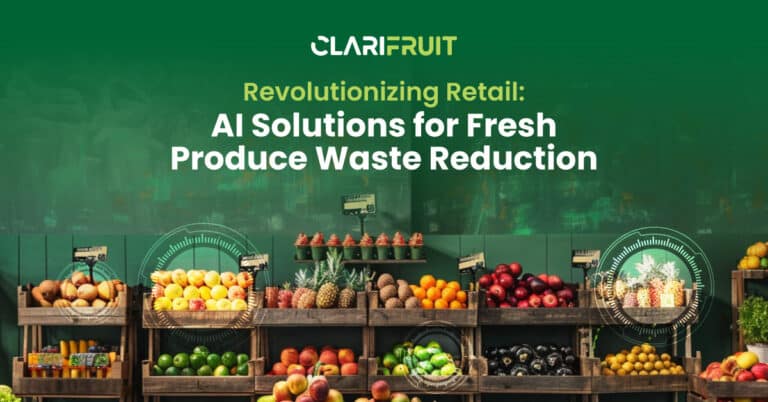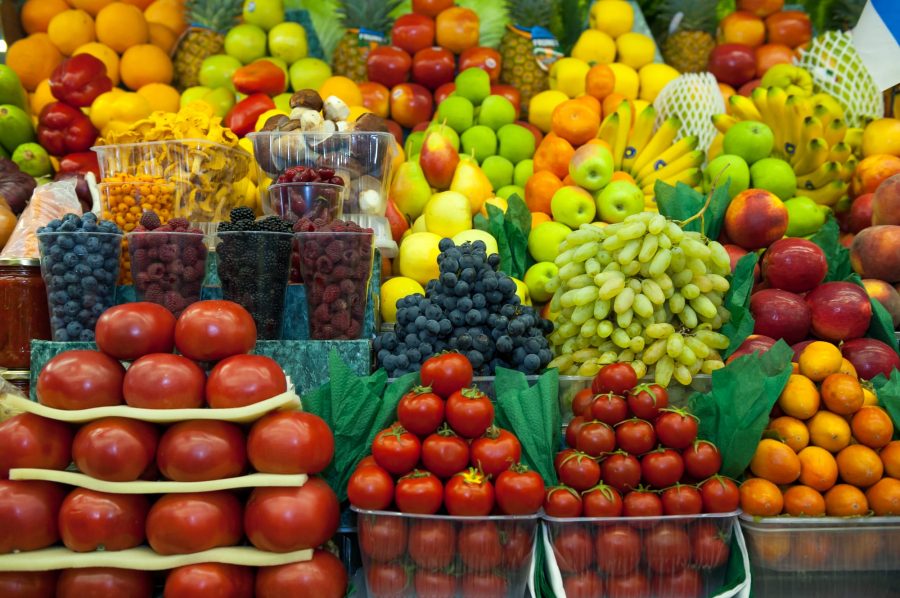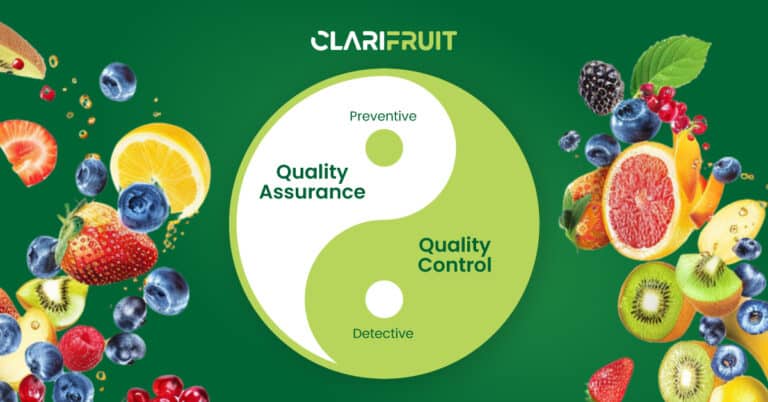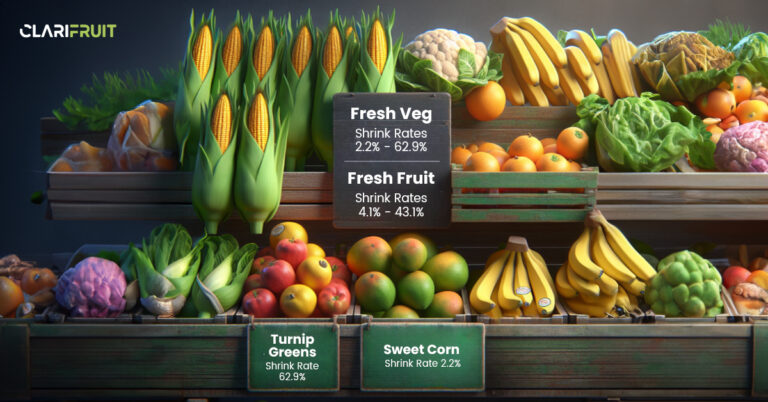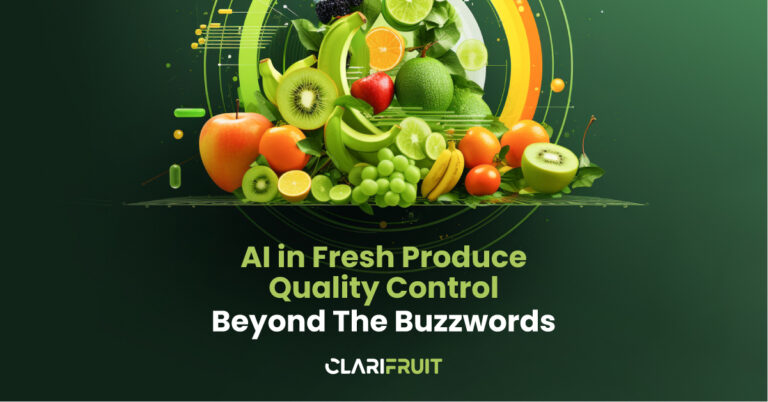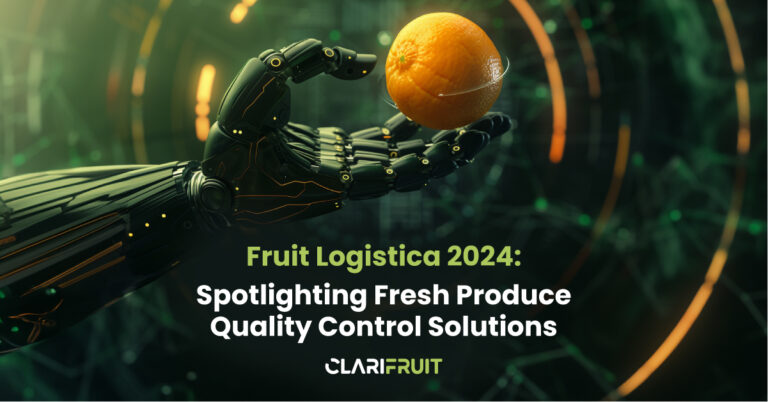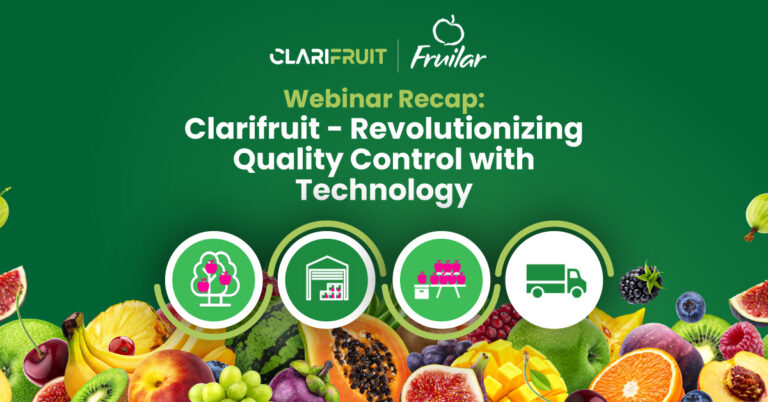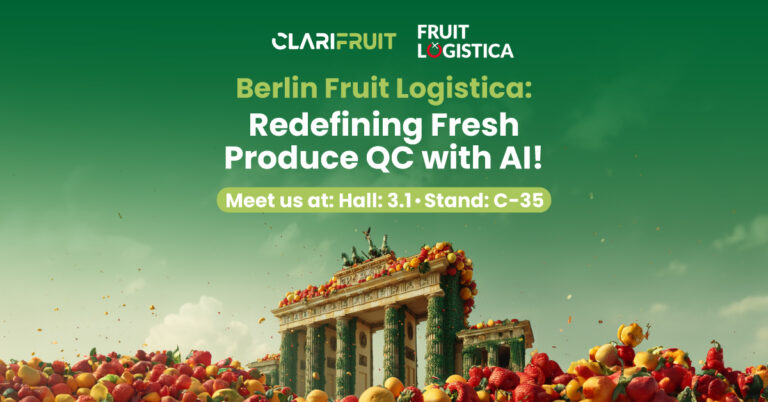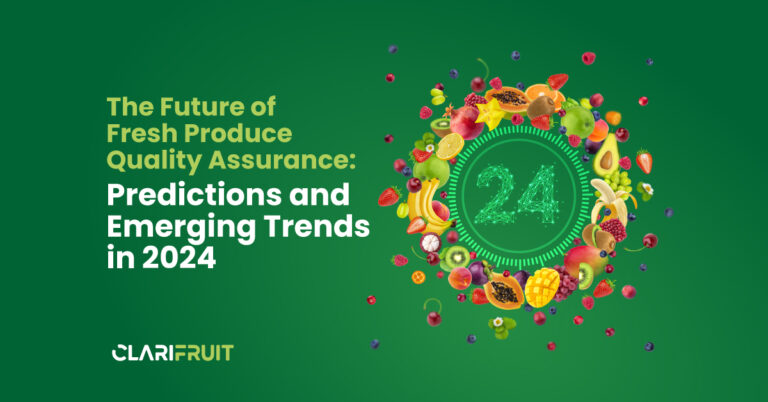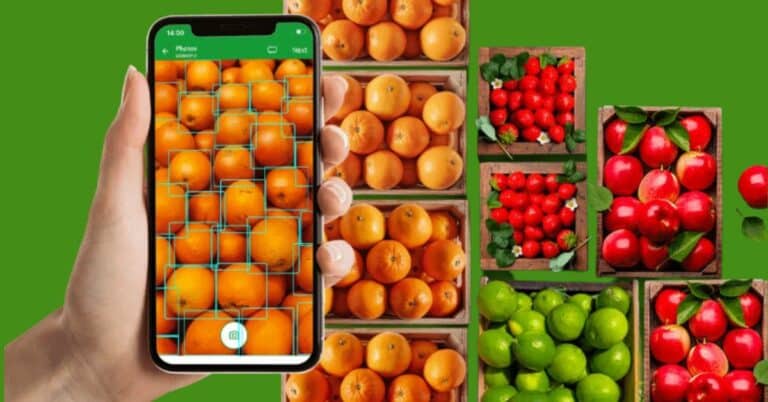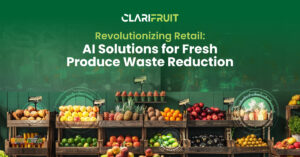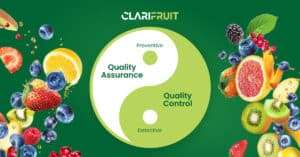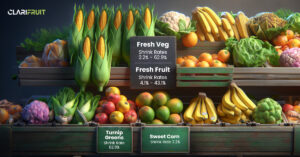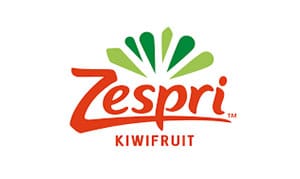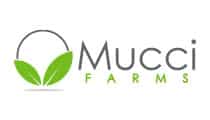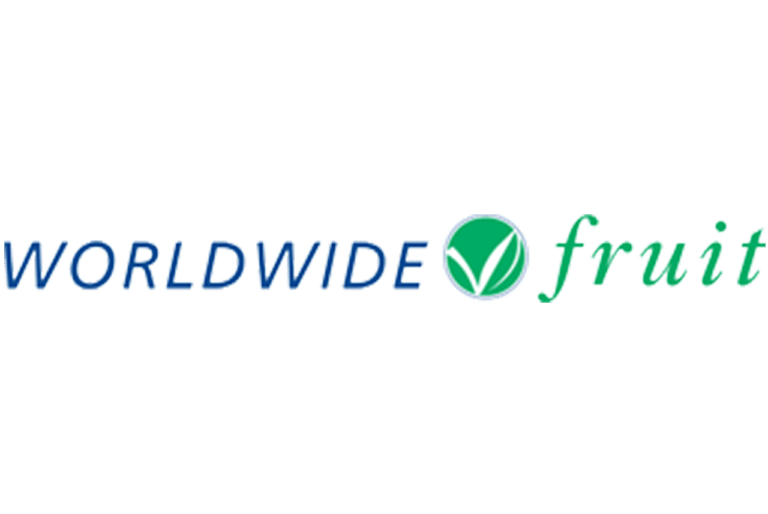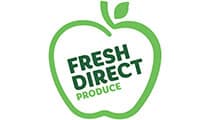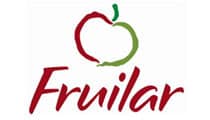With increasing consumer demand for a wide variety of fruits and vegetables, the volume of fresh produce being moved globally rises every year. Between 2001 and 2019, the Food and Agriculture Organization of the UN reported this number rose from 170 million tons to 250 million.
However, moving fresh produce at this scale is no mean feat. There are a number of challenges that stakeholders face across the value chain in managing this immense task. Let’s look at just three of the biggest issues.
1. Maintaining Temperature Control
Managing temperature is one of the most critical challenges associated with the movement of fresh produce. Fresh produce needs to be transported and stored at specific temperatures to ensure quality control, and prevent waste. If produce is stored or transported at the wrong temperature, it can lead to premature ripening, rotting, and the loss of flavor and nutritional value.
Different produce will also have different needs, with some fresh fruits needing transportation via refrigerated trucks and containers, while others can be moved at room temperature. Maintaining the correct temperature for different shipments can be complex, especially during long-distance transportation, during storage and handling in the event of a handover, or when handling extreme weather conditions.
When produce arrives at its destination, it’s not always easy to tell whether optimal temperature control has been managed. It can be helpful to objectively measure the quality of produce at different stages to isolate any problem areas in the value chain.
2. Considering Shelf Life
Fresh fruits and vegetables are not clothes and books. They have a relatively short shelf-life, and if the quicker they can be transported and delivered, the less waste, and the more options for marketing companies, wholesalers, and retailers. This requires efficient logistics and transportation networks to ensure that produce is delivered to its destination in a timely manner. Anything from poor handling to incorrect packaging can negatively impact shelf life.
Shelf life isn’t always under your control. Issues such as temperature, light, humidity and impact can all make a difference to shelf life, and certain soft fruits for example can spoil in a matter of days if storage and transportation is not accurate for their needs. In some cases, shelf life is dictated long before fruits and vegetables are transported, at the point of harvest. If harvesting is completed too early or too late, the produce may not reach its full potential, and shelf life will be reduced.
Furthermore, the complexity of global supply chains adds to the challenge of maintaining compliance with varying regulations and standards. A single shipment of fresh produce may cross multiple borders, each with its own set of requirements. Navigating this regulatory landscape can be a logistical nightmare, particularly for companies that operate on an international scale. Failure to meet these regulatory demands can result in costly delays, fines, and damage to a company’s reputation. Therefore, having a comprehensive quality control system that includes compliance monitoring becomes crucial in today’s global fresh produce market.
It’s therefore critical for each element of the value chain to obtain visibility into fresh fruits and vegetables, to ascertain issues from harvest to storage that may be impacting shelf life.
3. Keeping to Regulations and Compliance
Another critical issue to consider is compliance. Different locations have various requirements for moving fresh produce, including food safety regulations, quality standards, and even requirements around labeling the produce itself. If organizations do not comply, they can incur heavy fines and penalties, and experience product recalls, and negative impact on their reputation as a business.
For example, in the United States, the Food Safety Modernization Act (FSMA) requires produce growers and distributors to follow specific guidelines for food safety, including training for all employees, and proper sanitation and water testing. Failure to comply with these guidelines can result in fines or even criminal charges.
In addition to food safety regulations, there are also quality standards and labeling requirements that must be followed. Some countries require that produce be labeled with the country of origin, while others require that specific grades or quality standards be met. Examples include:
- USDA: In the US, the Department of Agriculture has strict grading standards to determine the quality of produce, taking into consideration size, shape, color and defects.
- EU: The EU requires those working with fresh produce to follow strict regulations on quality control, including compliance regulations for the use and residue of pesticides on fruits and vegetables.
- JAS: The Japanese Agricultural Standard grades and labels fresh produce from A-C, based on defects, color, size, and more.
Similar rules are in effect in Canada, Australia, and more.
Introducing a Platform for Quality Control
If you’re working in fresh produce, you can’t afford to be working blind, not when the volume of fruits and vegetables being moved is rising so sharply each year and margin for error is narrowing against the reality of volatile climate conditions and rising costs. You need insight into the true quality of your produce at each stage, the earlier the better. We can bet that real-time analytics that can optimize the matching of your supply quality to customer specs won’t hurt as well.
Clarifruit is a one stop shop for AI-powered fresh produce quality control solution, providing stakeholders with visibility over the objective quality of their fruits and vegetables, and handing them a shared language which makes sense between stakeholders.
